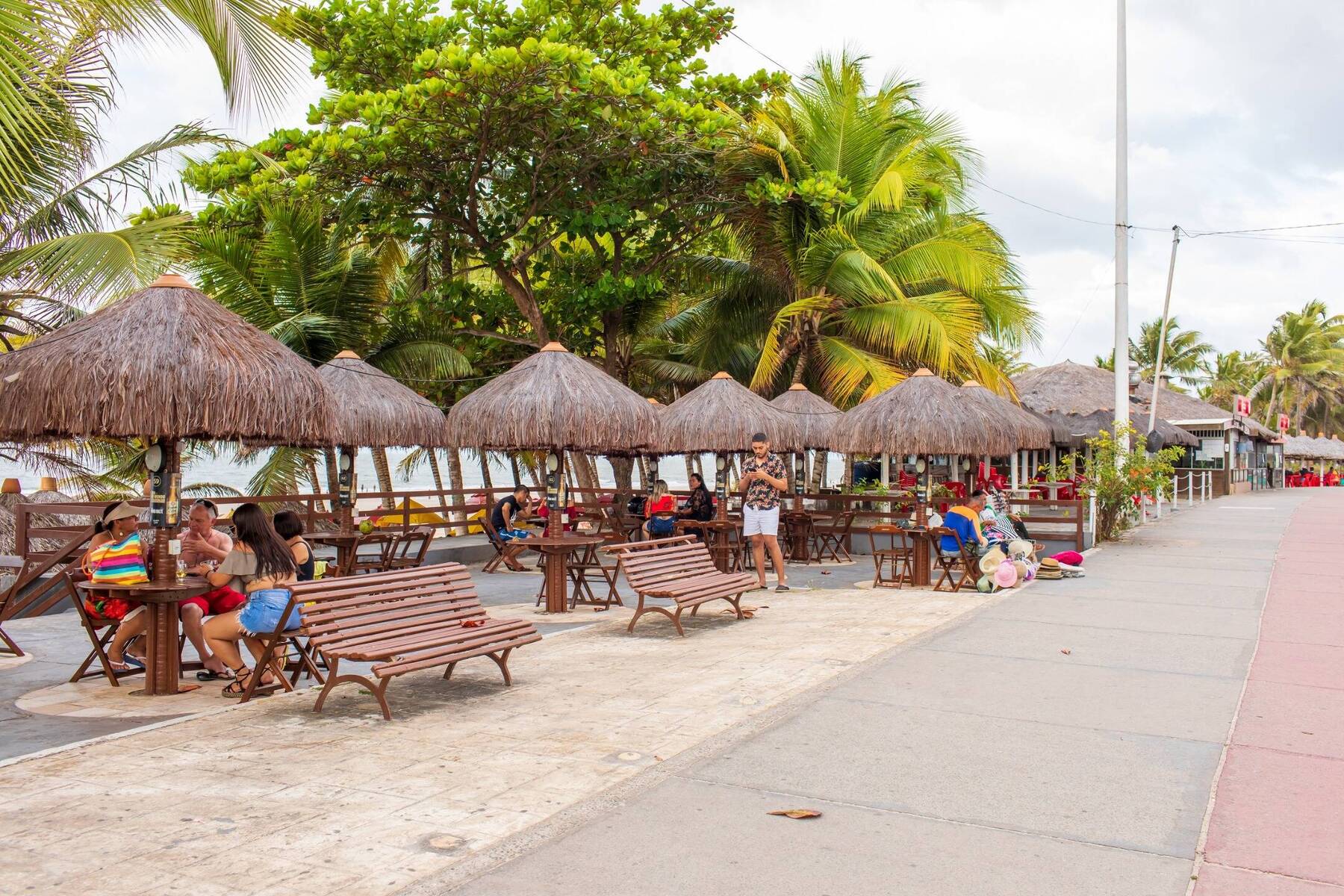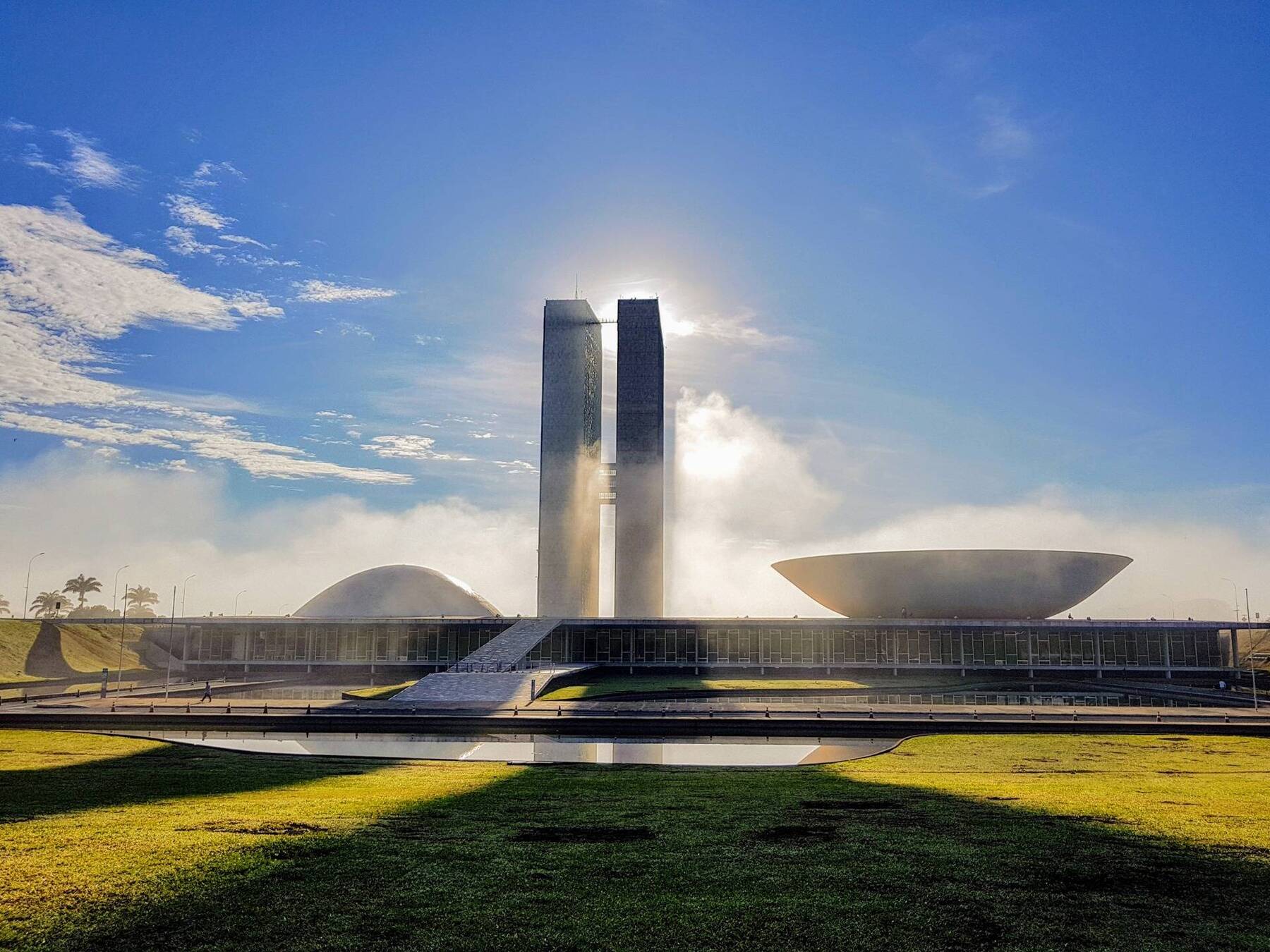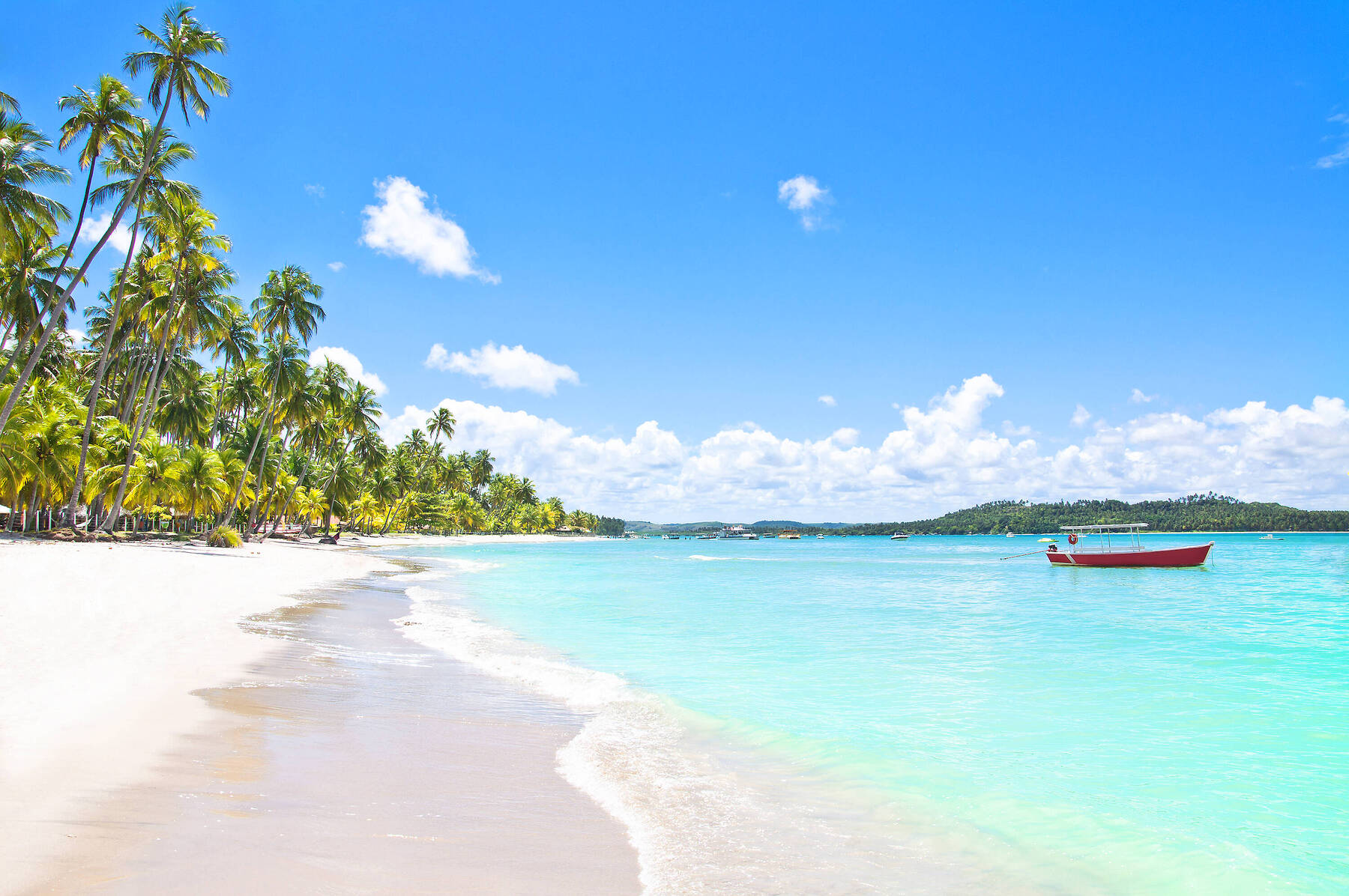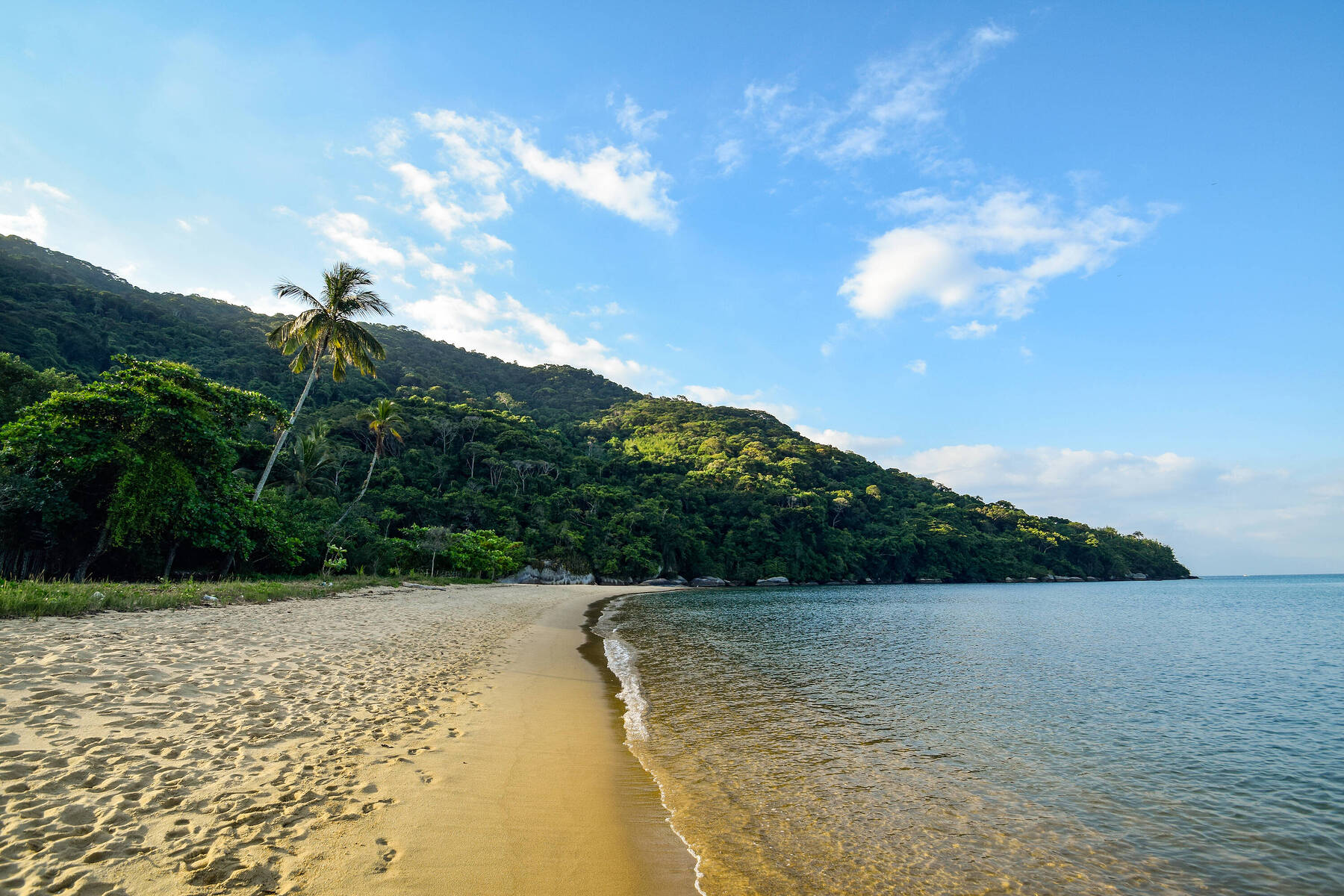Learn of Ouro Preto’s Gold History
Once the richest city in the New World, Ouro Preto is an old gold-mining town founded in 1698. Steep, unevenly, cobbled streets are lined with mainly white, two-storeyed buildings. Painted blue, yellow, green or red around windows and doors, with foot-wide balconies window boxes and lanterns hanging from walls they’re picturesque.
So are the churches, of which there are thirteen. Igreja de Sao Francisco de Assisi, built between 1766 and 1802, is baroque in style with circular bell towers and an ornate sculpture above its heavy green wooden doors. Inside there’s lots of gold covered woodwork and a painted ceiling not unlike something seen in the Sistine Chapel. Numbers on its dark wooden floor mark graves. Matriz de Nossa Senhora do Pilar, built in 1696 and expanded in 1712, is breathtaking with around 400kg of gold and silver powder used in the nave and around the altar.
On main square, Praca Tiradentes, a statue honours Tiradentes, the leader of the rebellion against Portuguese colonialists. Overlooking it, Escola de Minas houses the Mineralogy Museum. There’s a huge display of fantastically coloured gemstones. Minas Gerais State, where Ouro Preto is situated, is known for its topaz, aquamarine, and other gems.
The 18th Century gold mine, Mina JeJe, which runs beneath residences can be visited. The pick marks of black slaves can still be seen, the history of slavery and mining saddening. More can be learnt at Casa dos Contos, once the gold exchange then a prison, where slavery artefacts, torture weapons and mining tools are displayed.








Comments